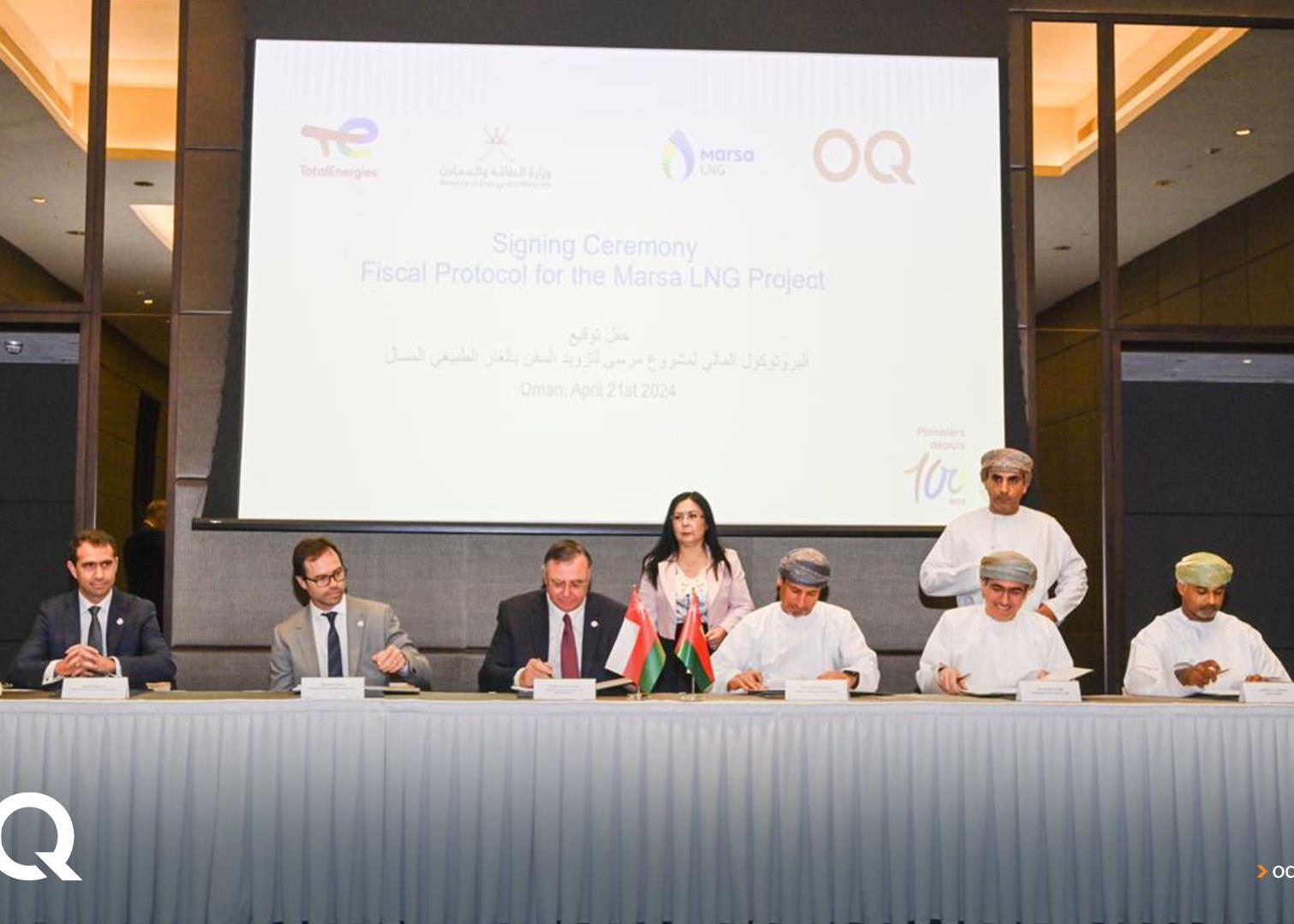
Brent crude price rallies following agreement, but analyst forecasts remain unchanged
Oil prices have rallied after Opec countries reached an agreement in Algiers to reduce production to support the oversupplied global market.
The 14-member group has agreed to limit its combined crude output to a range of 32.5-33 million barrels a day (b/d), down from Opecs current estimated production of 33.24 million b/d.
Oil prices rose about 6 per cent on 28 September, following the announcement, with Brent crude settling at $48.69 a barrel after hitting a two-week high of $48.96.
We have decided to decrease production by about 700,000 b/d, Irans Oil Minister Bijan Zanganeh said.
Opec will decide production levels for each individual country when its members meet in Vienna on 30 November. It then plans to ask for the support of non-Opec countries to further reduce oversupply.
It matters because it signifies that despite the Saudi/Iranian geopolitical tension, oil policy was able to remain separate from the broader political issues, for now at least, said Barclays analysts in a note released after the Opec announcement.
Pessimistic view
The Algiers deal is the first time Opec members have agreed to cut oil prices since 2008, when prices collapsed on oversupply. But some analysts do not believe it will have a major impact on the global supply outlook.
The agreement is significant, but we believe that what Opec is now officially saying it will do, it had been planning to do anyway. Saudi output was forecast to fall in the aftermath of peak power burn needs, and structural efficiency gains have seen demand fall by an average of 160,000 b/d, Barclays said.
Investment banks Goldman Sachs (US) and Societe Generale (France) both said the agreement has not changed their oil price forecasts for 2016 and 2017. Societe Generales Brent crude forecasts are $50 a barrel for the fourth quarter of 2016 and $60 for the same period in 2017.
It is still unclear when the agreement will come into effect, how long it will last and which sources will be used to verify countries hitting their specific reduction targets.
In the run-up to the Algiers talks, Iran had insisted it should be allowed to return its production to pre-sanctions levels of more than 4 million b/d, while Nigeria and Libya are recovering output reduced by conflict and political instability.
Saudi Arabias energy minister Khalid al-Falih said on 27 September that the three countries would be allowed to produce at maximum levels that make sense as part of limits that could be enforced in November.
This indicates that Saudi Arabia will be willing to cut production without asking for the same from Iran, which was seen to be one of the major sticking points ahead of the Algiers meeting.
You might also like...

Contractors win Oman Etihad Rail packages
23 April 2024

Saudi market returns to growth
23 April 2024

Middle East contract awards: March 2024
23 April 2024

Swiss developer appoints Helvetia residences contractor
23 April 2024
A MEED Subscription...
Subscribe or upgrade your current MEED.com package to support your strategic planning with the MENA region’s best source of business information. Proceed to our online shop below to find out more about the features in each package.






